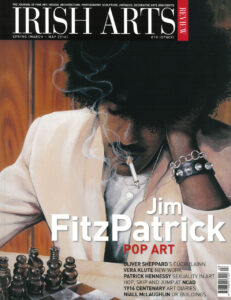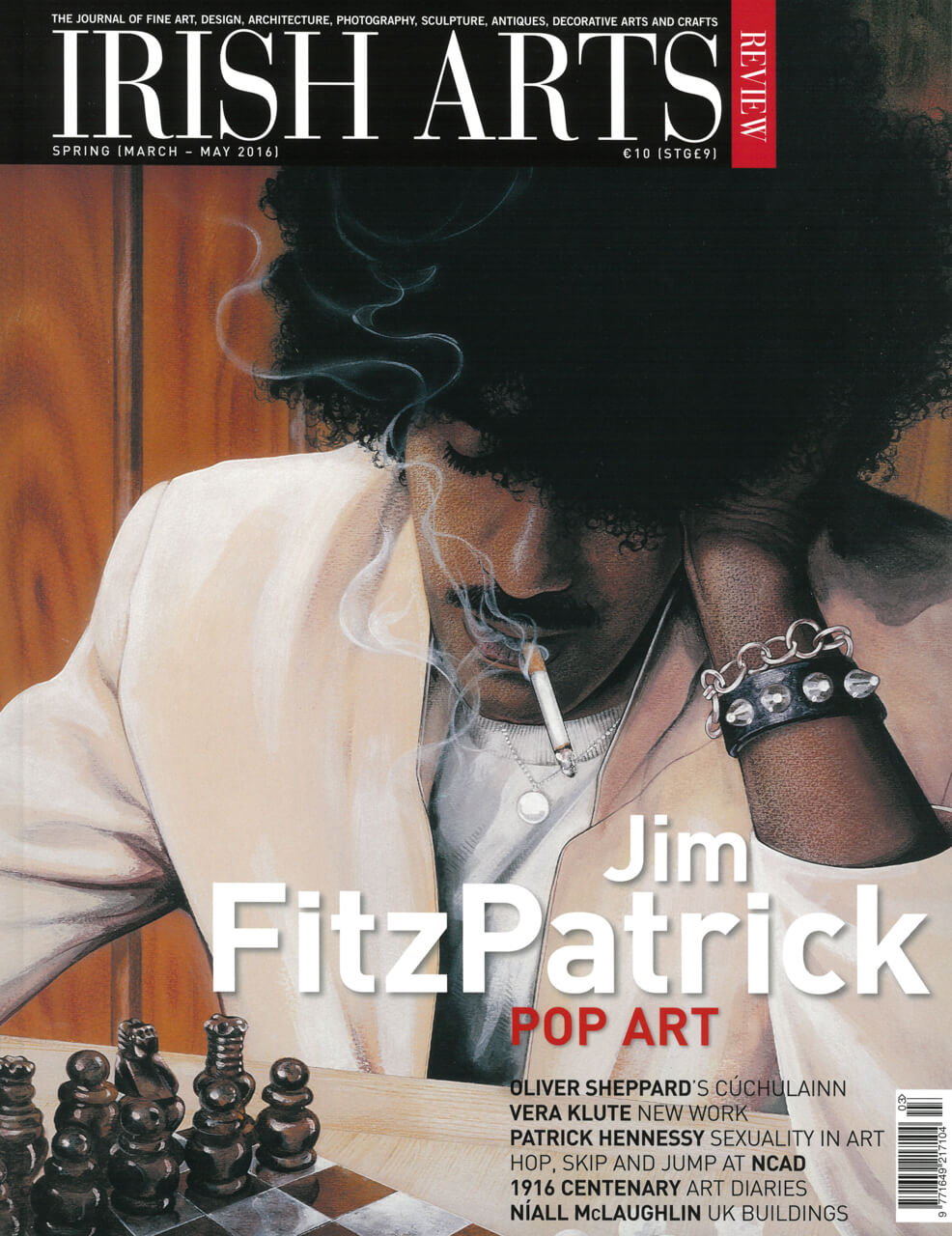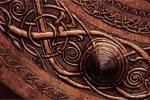

In response to the 1916 centenary, EVA International takes as its theme, the post-colonial legacy on the psyche and imagination of colonized communities, writes Michaële Cutaya.
This year’s EVA International, ‘Still (the) Barbarians’, is curated by Cameroonian-born Koyo Kouoh, a rising figure in contemporary art. She has been included in Art Review Power 100 for the past two years, notably for her role as one of the gatekeepers to the African art scene; Kouoh founded the RAW Material Company, a centre for art, knowledge and society, in 2008 in Dakar and she is the curator of 1:54 Contemporary African Art Fair in London and New York. As an exhibition maker she has an ongoing commitment to exploring physical and psychological impacts of colonialism on a society. She has long been attracted to Ireland as the first laboratory for the British colonial enterprise and the coincidence of this year’s EVA with the 1916 Easter Rising centenary offers an ideal opportunity to reflect and question this legacy.
The fifty-seven artists taking part in ‘Still (the) Barbarians’ were invited to explore the post-colonial condition of Ireland in this year of commemoration. Thirteen established and emerging artists working in Ireland will exhibit alongside their international counterparts. Alice Maher will present a second version of the 2012 film Cassandra’s Necklace (Fig 4) with an original script by Anne Enright; Pádraic E Moore is planning a live nocturnal event ‘Music for Chameleons’, exploring the dance floor as a space for transformation; Tom Flanagan and Megs Morley are working on a new film The History of Stone, Origin and Myth, which will premiere at the biennial. The film will seek out public monuments in Ireland related to the 1916 rising to explore the construction of national history, identity and social memory.
Nice Screams – A Citizen’s Anthem is a project by artists Deirdre Power and Softday (Sean Taylor and Mikael Fernstr√∂m) inviting the public to create a citizen’s anthem celebrating Ireland in 2016. The winning song will be converted to a jingle to be played by Shannon Ices’ ice-cream vans (Fig 3). Echoing a 1924 call for a new anthem, the project plays off national identity and popular memory. Nice Screams invites questions such as: ‘Who owns an anthem?’ or ‘How inclusive is nationalism?’
The fifty-seven artists taking part in ‘Still (the) Barbarians’ were invited to explore the post-colonial condition of Ireland in this year of commemoration.
Extending his counter-factual narrative of commemoration through the figure of Roger Casement, Alan Phelan’s project for EVA will be tackling the complex entanglements of big corporations with (post) colonialism and humanitarian work in the Congo. The project will have exciting resonances with French-Canadian Kapwani Kiwanga’s performance and installation work ‘A Memory Palace’. For this work she took as her starting point the Congo Conference (1884-1885), the founding moment of the Congo Free State and pulled together historical facts, myths and fictions to unsettle dominant narratives and create spaces for marginal discourses.
Enthusiastically embracing EVA as Ireland’s biennial, Kouoh has initiated the Federation, a country-wide network of affiliated institutions and organizations whose programmes correspond to EVA’s curatorial proposal and the context of the Easter Rising centenary. The participation of French and Francophone artists for instance, is being supported by the Institut Fran√ßais, the cultural agency of the Embassy of France in Ireland. Cameroonian curator Christine Eyene will be curating ‘Murder Machine’ at Ormston House as part of the programme. The Irish Museum of Modern Art is providing studio and living space for a research residency for South African artist, Tracey Rose, who is working on a new performance informed by the social, political and historical context of Limerick. The Ghanaian artist, Godfried Donkor, who is best known for his collages reflecting upon the representation of black bodies in Western culture (Fig 2), will be presenting a newly commissioned work made in collaboration with Limerick lacemakers. The two Senegalese rappers, Cheikh ‘Keyti’ Sene and Makhtar ‘Xuman’ Fall, the creators and presenters of Le Journal Rappé are also developing a new project for Limerick. Le Journal Rappé is a weekly Senegalese news segment, which delivers a tangential take on daily news in rhyme. The Ethiopian-born artist Theo Eshetu creates installations using multi-screen projections and mirrors to reflect the relationship between African and European cultures as well as crossovers between tradition and modernity (Fig 1). The kaleidoscopic patterns created by his work capture the multifaceted reality he attempts to explore.
‘Still (the) Barbarians’ promises to be a biennial rich in events and projects that take full account of their location in time as well as in place. The curator dedicated herself to a thorough selection process that guarantees to deliver.
‘EVA International’ Limerick City Gallery of Art; Cleeve’s Condensed Milk Factory, and various locations across Limerick, 16 April-17 July 2016.
Michaële Cutaya is a writer and researcher on art living in County Galway.



